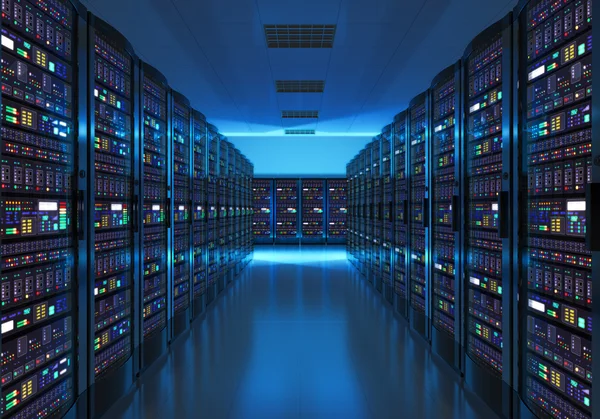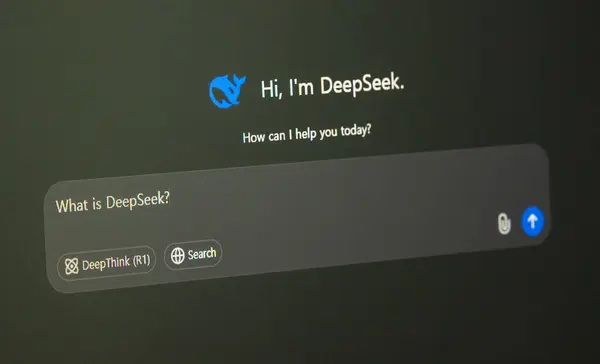
The warning from J.P. Morgan comes with unusual precision: for the AI industry to return a modest 10% on its projected buildout by 2030, it needs to generate $650 billion of annual revenues. That would be the equivalent of a perpetual $34.72 monthly payment from every iPhone user or $180 from every Netflix subscriber worldwide. The scale is daunting, and the underlying engineering and economic challenges are even more complex.

1. The Revenue Imperative and Investor Expectations
The $650 billion benchmark is not some abstract, theoretical exercise it’s representative of the capital intensity of hyperscale AI infrastructure. Extrapolating to roughly 1.5 billion active iPhone users and more than 300 million paid subscribers on Netflix, the analogy serves as a poignant reminder of the scope of monetization entailed. Yet most consumers are skeptical about the value proposition of AI in personal devices, meaning corporate and government adoptions will have to bear a disproportionate share of the burden. J.P. Morgan’s analysts warn that AI’s growth curve could resemble the telecom fiber buildout of the 1990s, with revenues lagging investment by as much as twenty years.

2. Overcapacity Risk in AI Data Centers
The prospect of billion dollar AI data centers sitting idle is all too real. OpenAI CEO Sam Altman has publicly stated that an unexpected breakthrough such as radically more efficient model architectures could render vast swaths of compute capacity redundant. McKinsey estimates that AI workloads will require $5.2 trillion in data center investment alone by 2030, with total compute related capital expenditures approaching $7 trillion. Overbuilding in anticipation of demand that fails to materialize would strand assets on a scale never before seen.

3. Indicators of the AI Bubble
Economists Brent Goldfarb and David A. Kirsch have defined four hallmarks of a tech bubble: uncertainty, pure plays, novice investors, and compelling narratives. AI scores a perfect 8 on their bubble scale. The uncertainty is intensified both by shifting goals from “AGI” to “superintelligence” and the lack of tried long term business models. Pure play investments such as Nvidia, CoreWeave, and potentially OpenAI’s future IPO represent concentrated risk. Retail investors enticed by easy trading platforms are increasingly exposed to the sector’s volatility.

4. Energy and Grid Constraints
Even if the demand holds, it’s the power infrastructure that might not. Deloitte’s survey of U.S. data center and utility executives revealed wait times as long as seven years for some grid interconnections. Regulatory reforms like FERC’s “first ready, first served” cluster studies are intended to shrink timelines, but large scale AI data centers each need hundreds of megawatts. Colocation with existing power plants could offset delays, as could demand response programs, but these solutions require complex coordination at the level of utilities, hyperscalers, and regulators.

5. Capital Allocation Across the Compute Value Chain
McKinsey’s breakdown of the $5.2 trillion AI infrastructure spend assigns 60% to technology developers and designers semiconductor firms and hardware suppliers amounting to $3.1 trillion, energizers will absorb $1.3 trillion, while builders real estate and construction firms claim $800 billion. This concentration of spending reflects the physical realities of AI: silicon, power, and space are the limiting factors.

6. Divergent Corporate Strategies
OpenAI’s aggressive posture is a stark contrast to Anthropos’s measured approach. Internal documents show OpenAI committing $1.4 trillion over eight years to data centre buildouts, with losses projected to peak at $74 billion in 2028. By focusing on corporate clients and sidestepping compute heavy image and video generation, Anthropic expects to break even that same year. The forays of OpenAI into consumer hardware, humanoid robotics, and high cost video generation models, like Sora 2 estimated at $15 million per day paint vividly the risk in diversifying without proven monetization.

7. Demand Forecasting and Technological Disruption
Predicting AI compute demand is riddled with uncertainty. Efficiency gains DeepSeek’s V3 model costs 18x less to train than GPT 4o, for instance could theoretically reduce infrastructure demand. But Jevon’s Paradox would counter that cheaper compute will trigger a wave of experimentation, making such efficiency gains moot. A further breakthrough in quantum computing or semiconductor design could also make today’s GPU intensive architectures obsolete, a repeat of the dot com era’s fiber optic overbuild.

8. Systemic Market Exposure
Artificial intelligence related stocks have contributed to 75% of the return of the S&P 500 since the end of 2022. A setback in AI valuations will have the potential to impact close to US$20 trillion in market capitalization, possibly affecting companies very far from AI development. Nvidia provides chips to OpenAI, Microsoft provides cloud infrastructure, and there are cross shareholdings, making the major players highly interdependent and hence vulnerable to cascading failure.

Trillion dollar infrastructure commitments, uncertain demand trajectories, and concentrated market exposure make AI at once a transformative technology and a systemic risk. For investors and executives, the engineering challenge cannot be separated from the financial one: building capacity fast enough to lead, but not so fast it becomes a monument to misplaced certainty.

